Presentation of Basel
Basel (or Basel in Swiss German) is the third most populated city in Switzerland after Zurich and Geneva and is considered its Cultural Capital. Basel is crossed by the Rhine River and is located on both the French and German borders. This makes Basel, despite its relatively small size, a cosmopolitan, multi-faceted and outward-looking European city.
The Swiss Cultural Capital is 3 hours from Paris by train (direct by TGV Lyria from the Gare de Lyon) or 5 hours by car but I recommend the train as everything can be done on foot, by bike or by public transportation on the spot.
Basel is an ideal destination for a photo weekend, especially for its architecture which is both medieval in the old town and modern. I will therefore focus this article on three aspects of Basel that particularly appealed to me:
- Basel and the Rhine
- The Old City of Basel
- The alternative Basel with its modern architecture and street art
Basel Plan
The central position of Basel in Europe is clearly visible on the map. The markers placed correspond to the points of photographic interest that I develop later in the article.
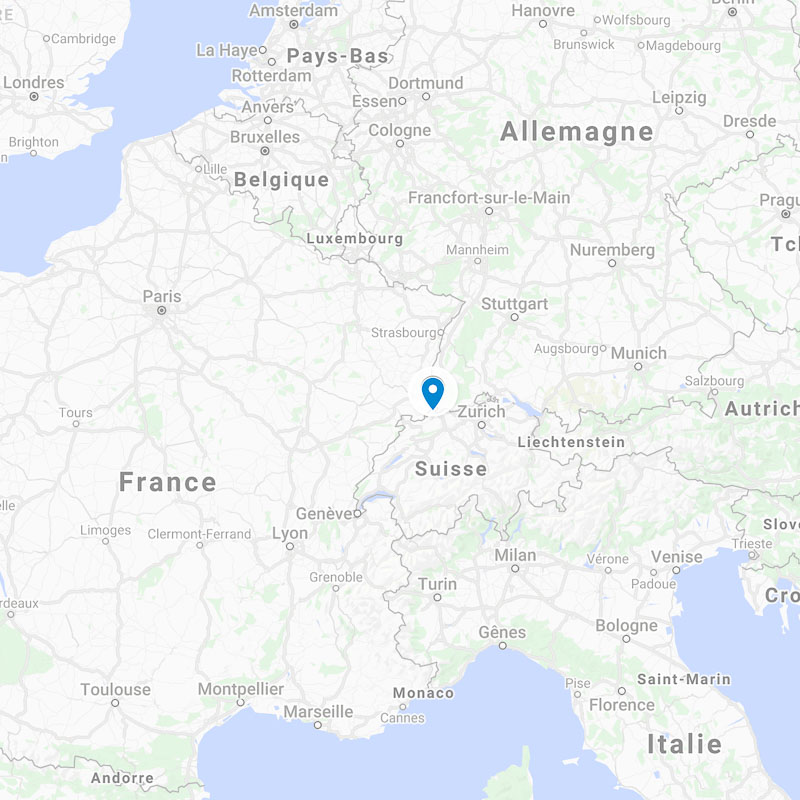
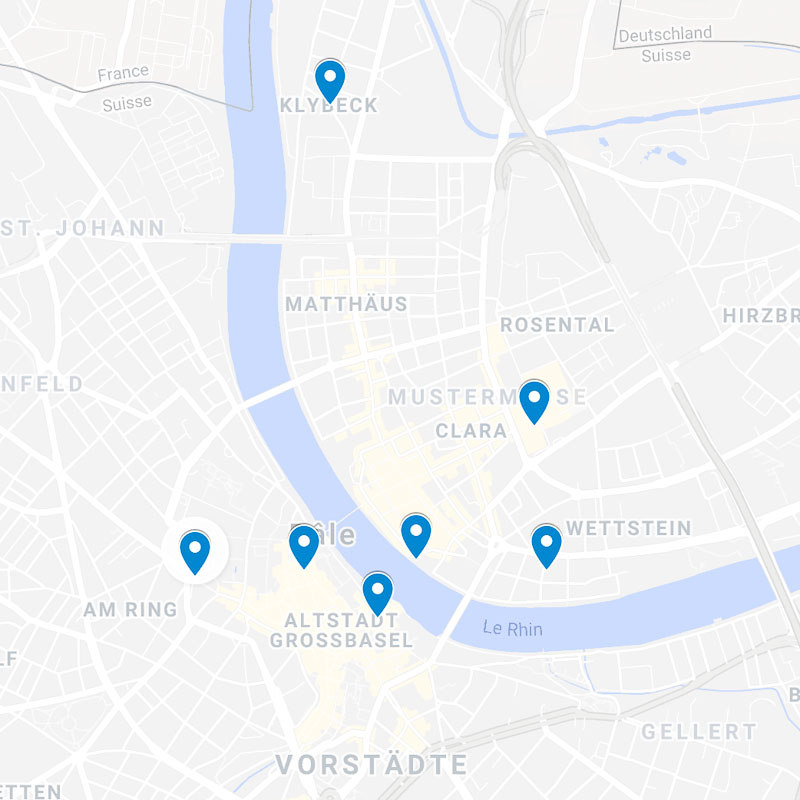
Basel and the Rhine
Basel is crossed by the Rhine and its life is centered around the river. To experience this “river atmosphere”, mine is to go for a walk along the banks of the Rhine at the Oberer Rheinweg. There are also many cafés and restaurants there.
In the summer, you can swim in the river and let yourself be carried along by the current. Swimming in the Rhine is very popular in Basel: some people even come back from work with their things in a waterproof buoy! Surprisingly, this activity is allowed in Switzerland, while a few kilometers further away in France, it is forbidden!
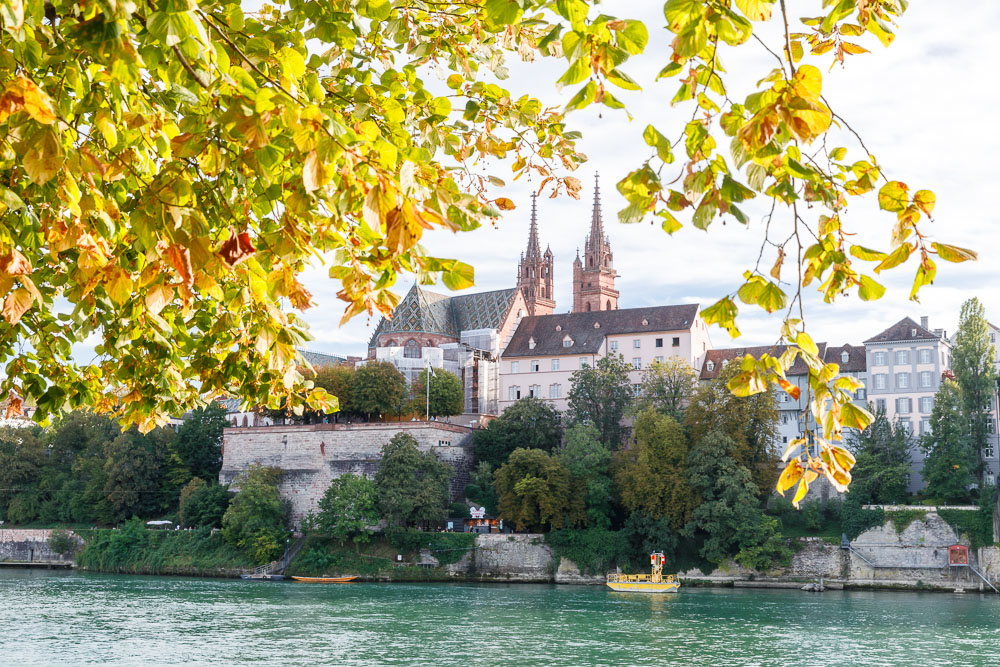
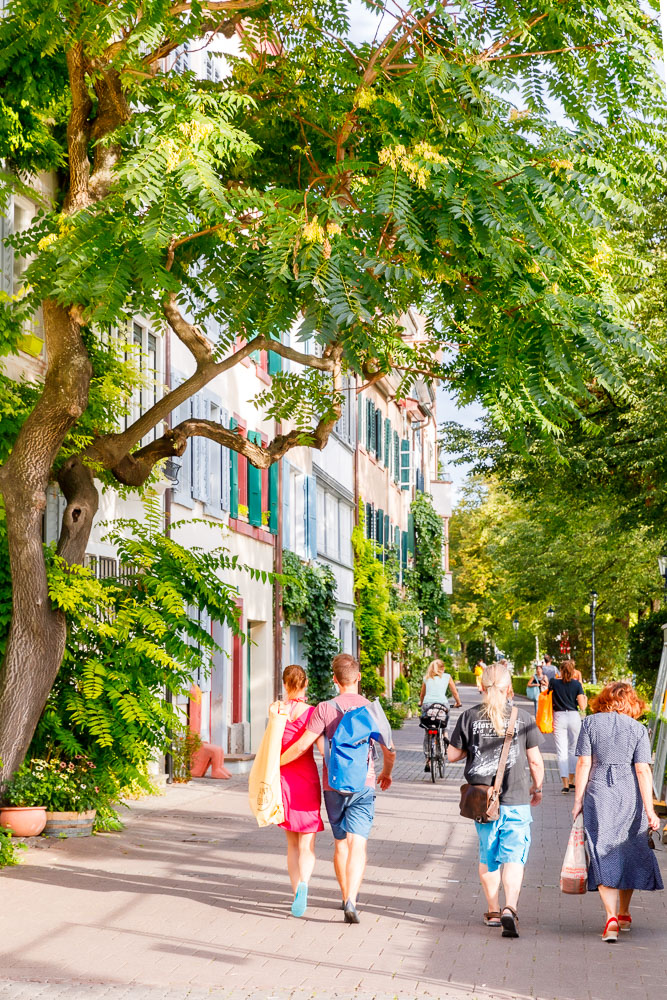
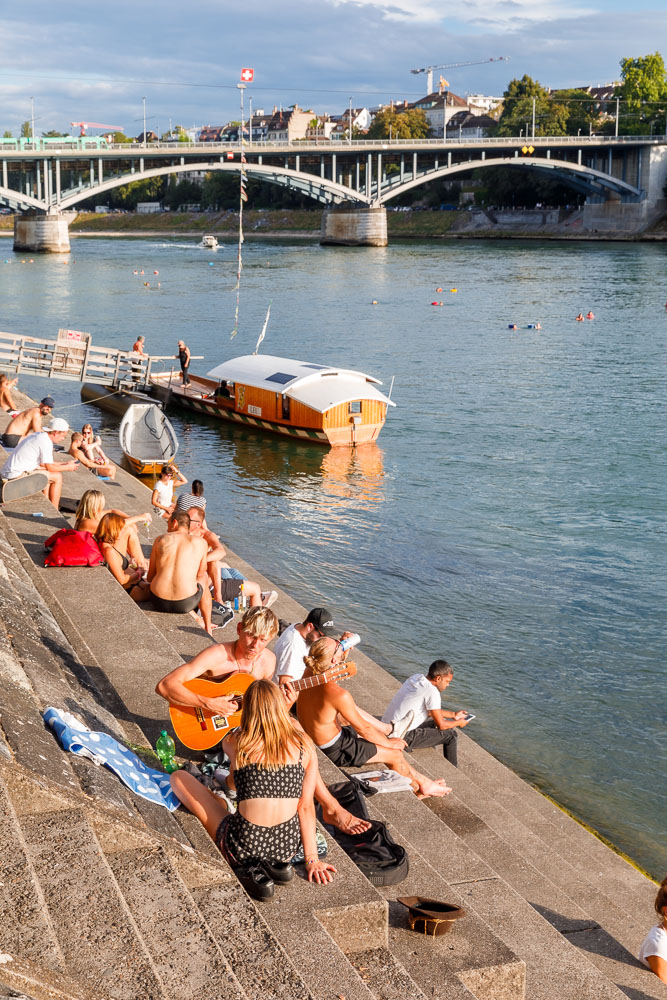
Position of the photos on the map
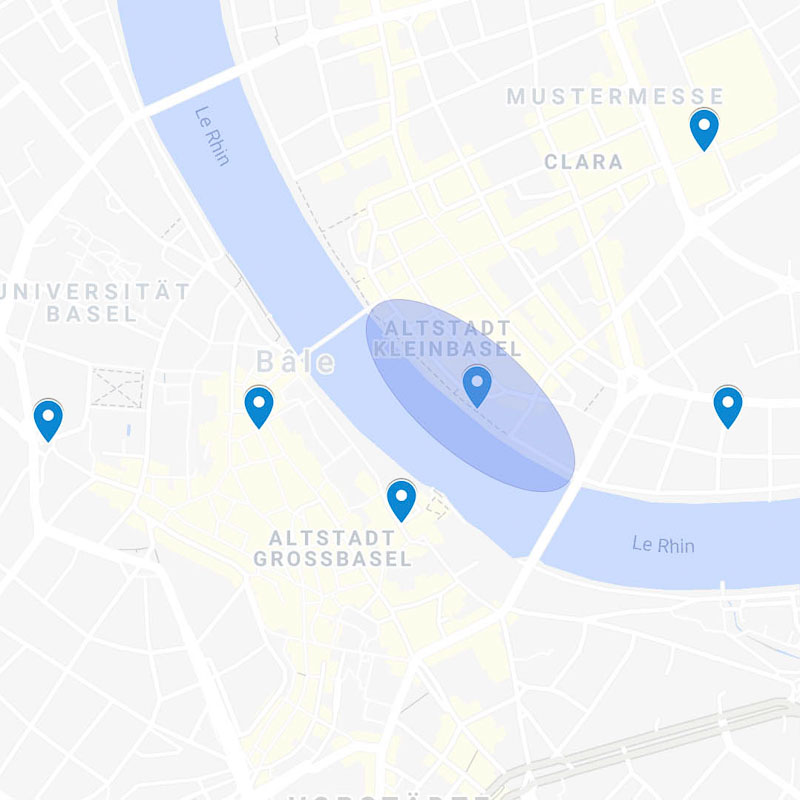
Basel and its Old Town
Basel’s Old Town is mainly located on the left bank of the Rhine, “GrossBasel” or Greater Basel.
The emblematic spots to see and take a picture of are:
- Münsterplatz with the imposing Gothic Cathedral from the 11th century. The square itself is very photogenic as well as the small streets around it.
- Marktplatz with the City Hall: the nerve center of Basel’s old town with its shops. The City Hall is also worth a visit, especially its inner courtyard.
- Spalentor: one of the former gates of Basel, particularly photogenic with the street view and the tramway passing in front of it.
Münsterplatz and Basel Cathedral
Basel Cathedral is the iconic monument of the Swiss cultural capital. It was built in 1018 and rebuilt in the 14th century after an earthquake. Inside is the tomb of the famous theologian Erasmus, a major figure of European culture.

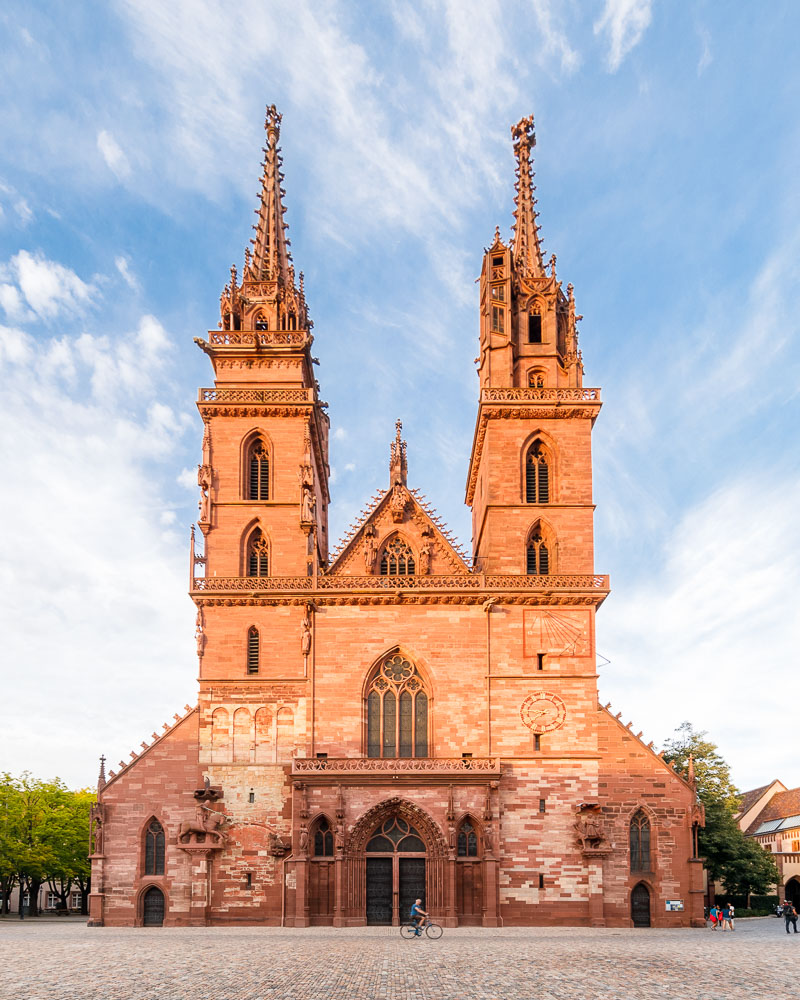
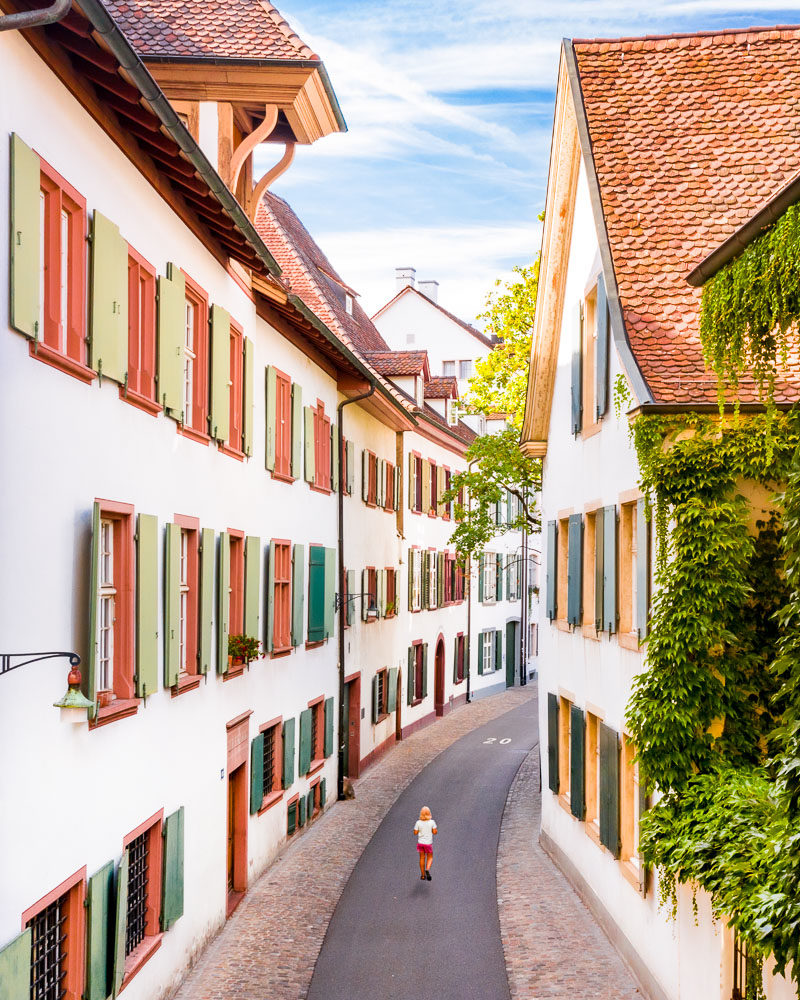
Marktplatz
Marktplatz or Market Square is the heart of Basel’s Old Town. The red brick town hall (Rathaus) is located here. Its inner courtyard is worth a visit. At the end of the afternoon, when the building turns a blazing red with the sunlight!
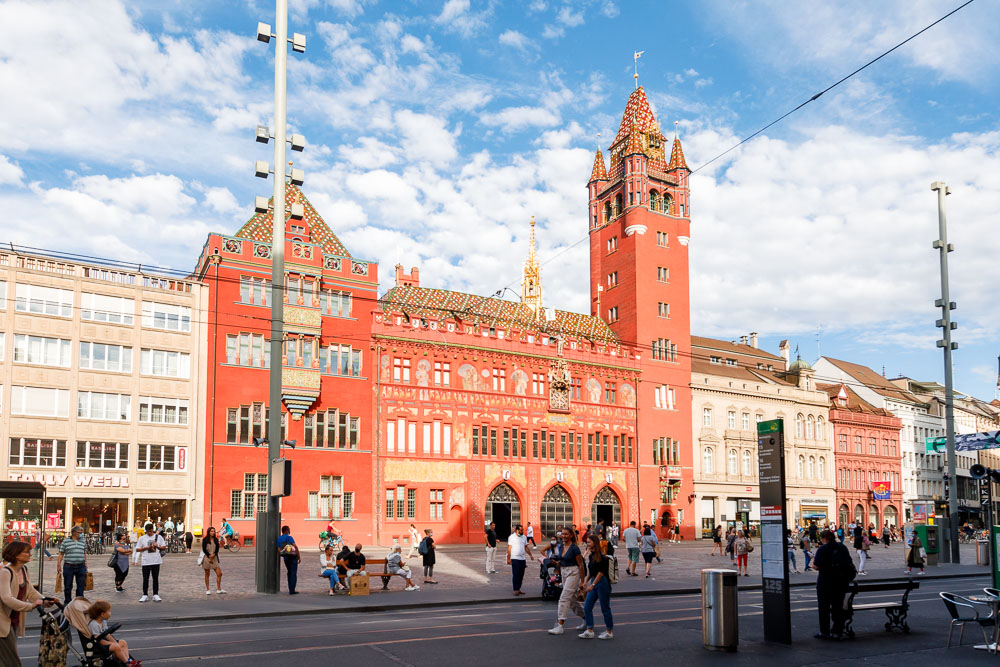
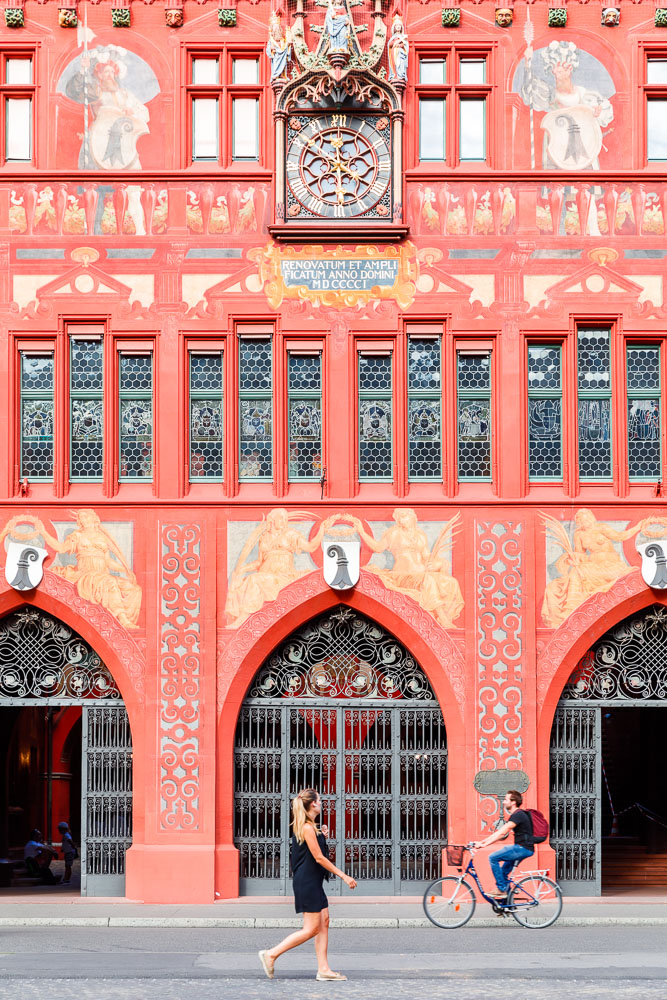
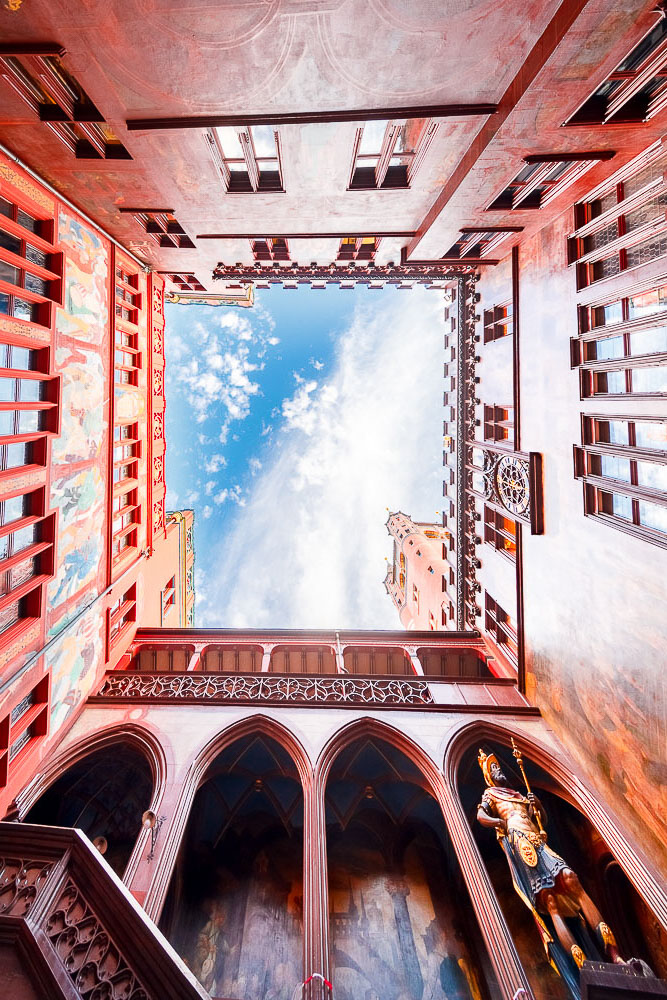
Spalentor
There are several medieval gates dating back to the fortifications but Spalentor is the most photogenic. It was under renovation at the time of my visit, however…
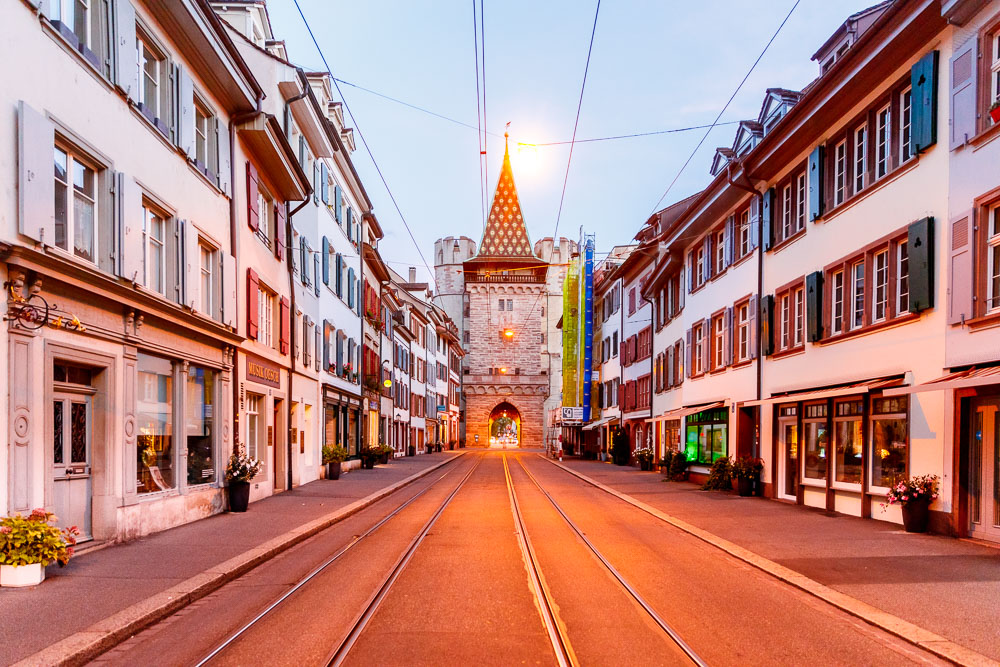
Position of the photos on the map

Basel Alternative
I will discuss two aspects of Basel / Alternative Basel here:
- Modern architecture
- Street-art
Modern architecture
Basel is particularly renowned for its modern architecture, with buildings by internationally renowned architects such as Mario Botta, Richard Meier or Renzo Piano.
Several buildings are remarkable in and outside the city.
Probably the most impressive is the Basel Congress Center. A must-see for a photo weekend! Make sure you have a very wide angle as the site is huge. The metal ring open to the sky is unique. The best time to take a picture of the site is in my opinion in the middle of the day when the sun is at its zenith because the light going through the ring is projected on the ground.
Another site of remarkable architecture is for example: Werkraum Warteck (in picture).
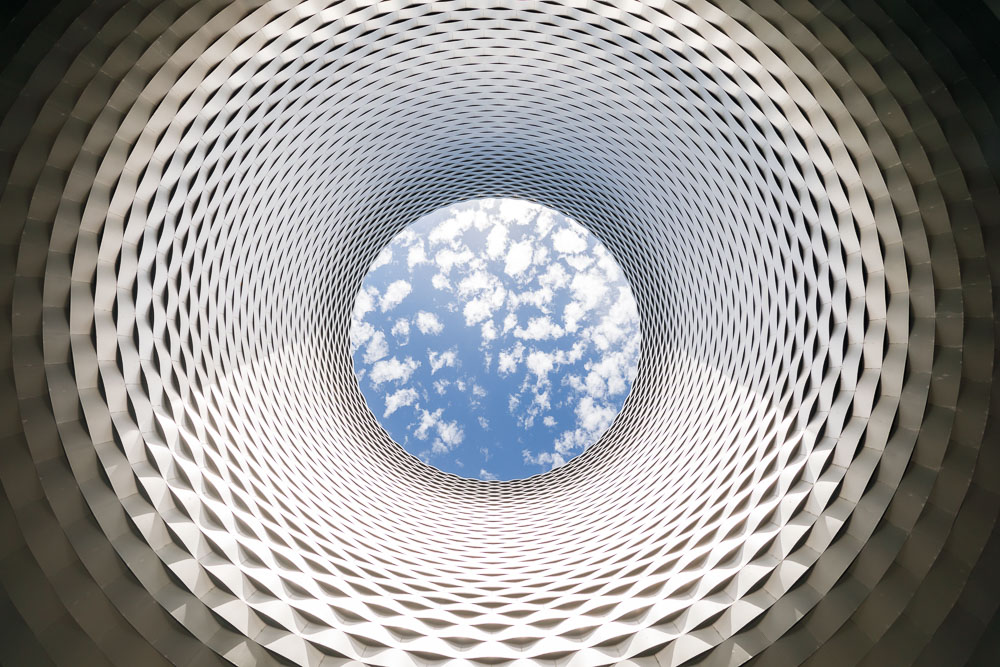
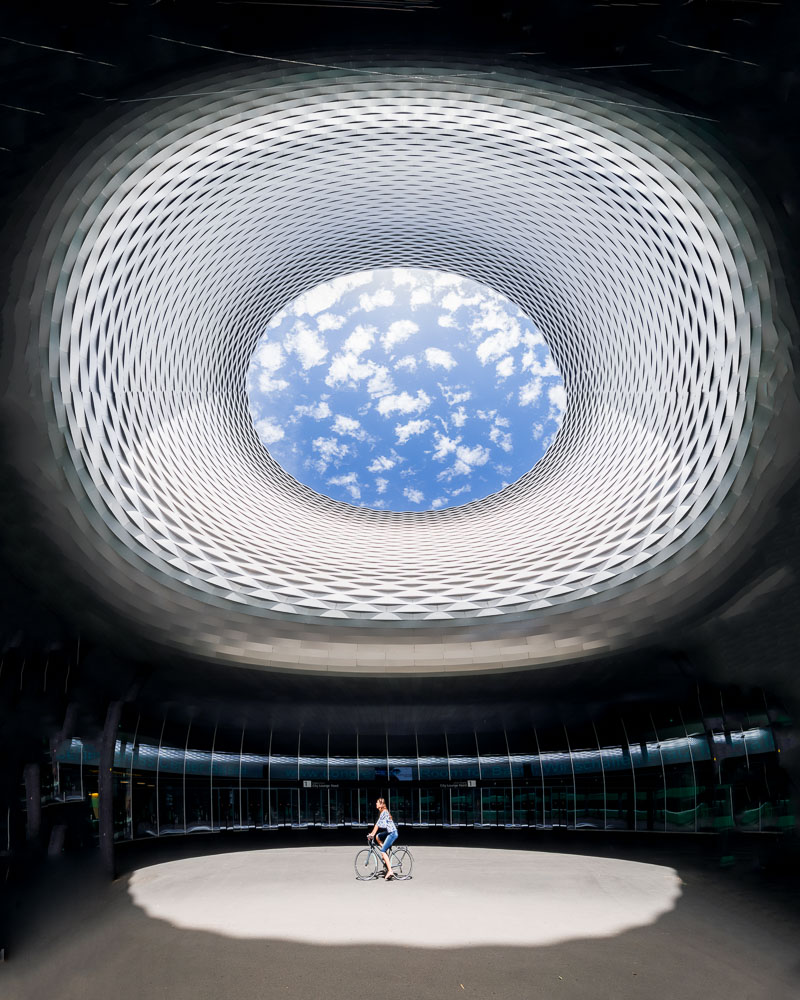
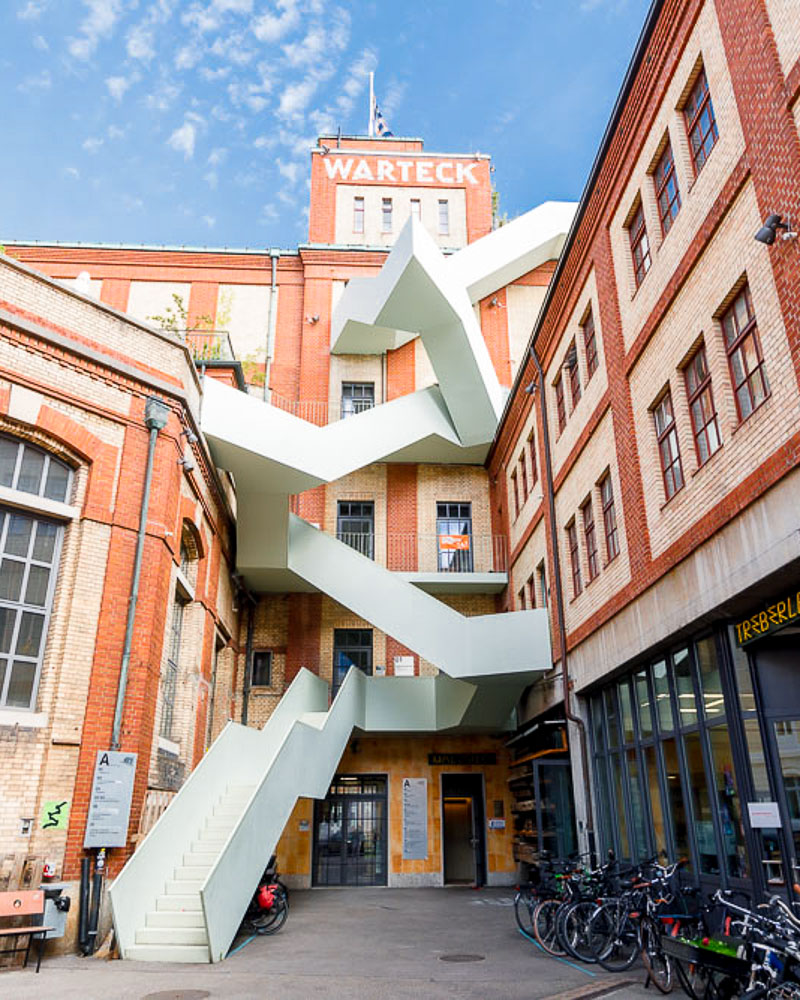
Street-Art in Basel
The Street-Art is very present in Basel, both in the historical center like this large fresco of famous international singers, but also in a dedicated district on the banks of the Rhine slightly north of the city called Klybeck. There are outdoor bars with alternative atmospheres.
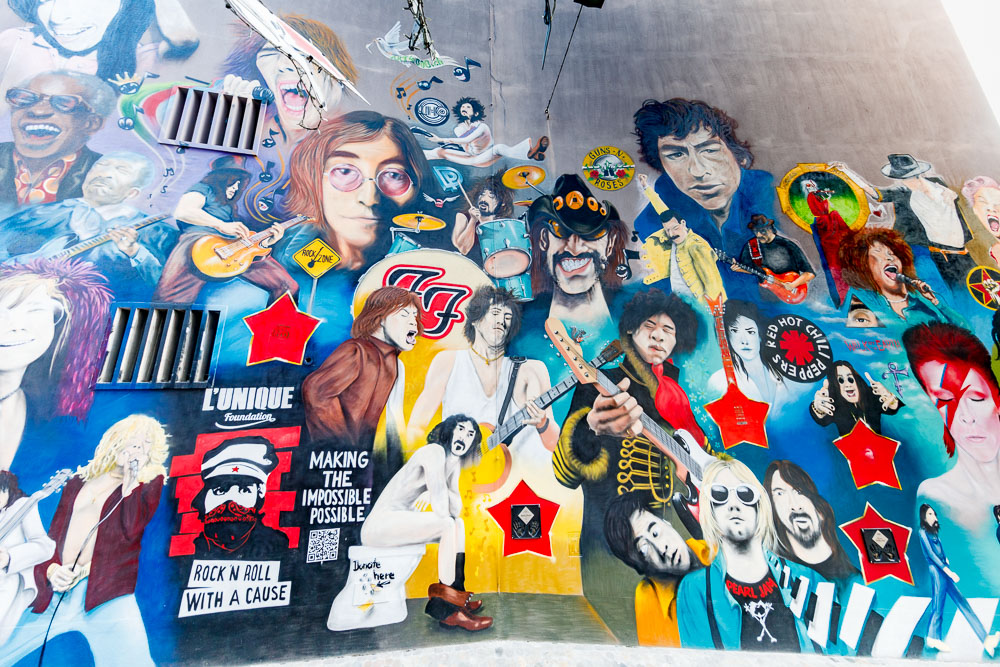
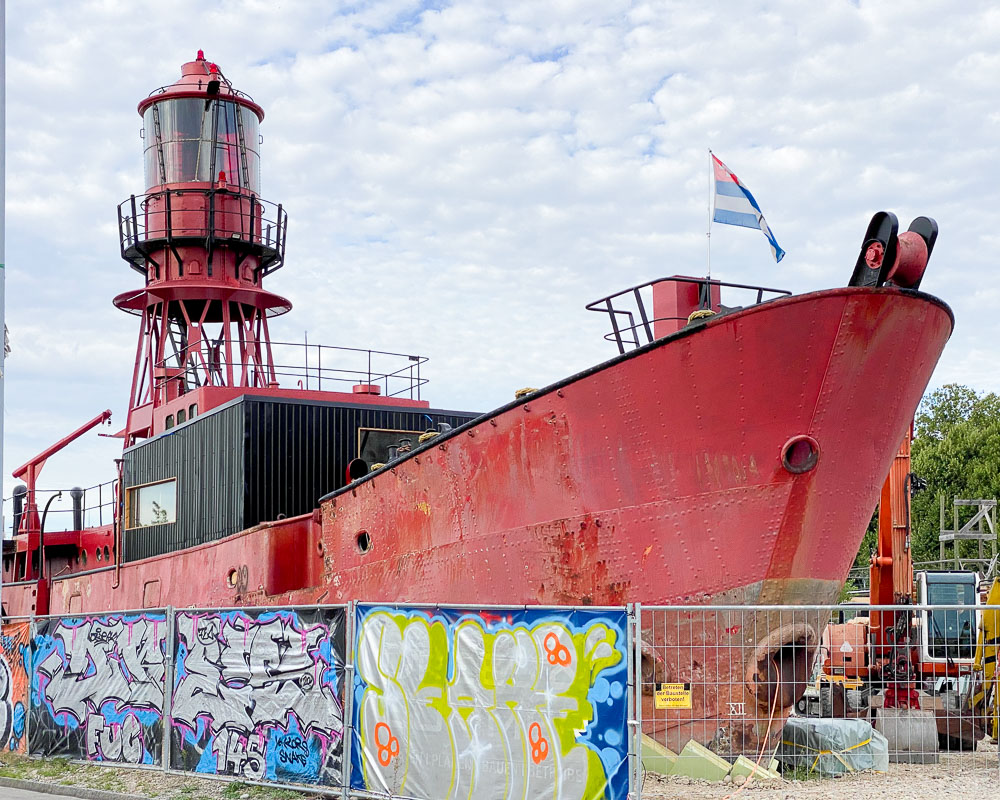
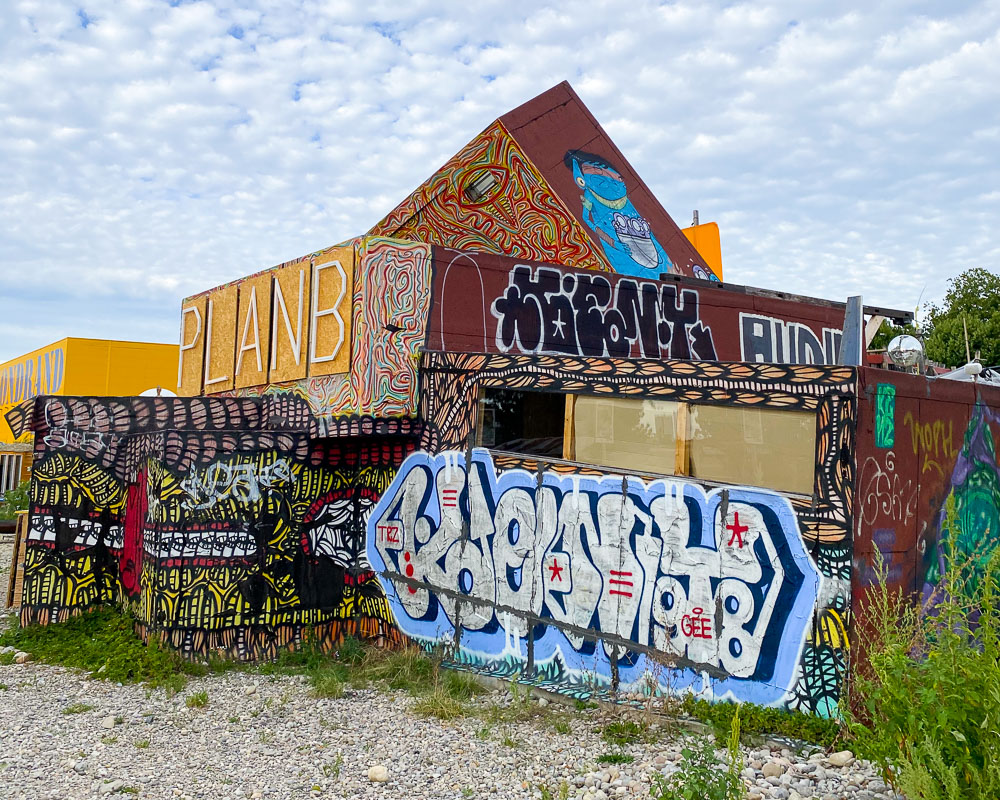
Position of the photos on the map
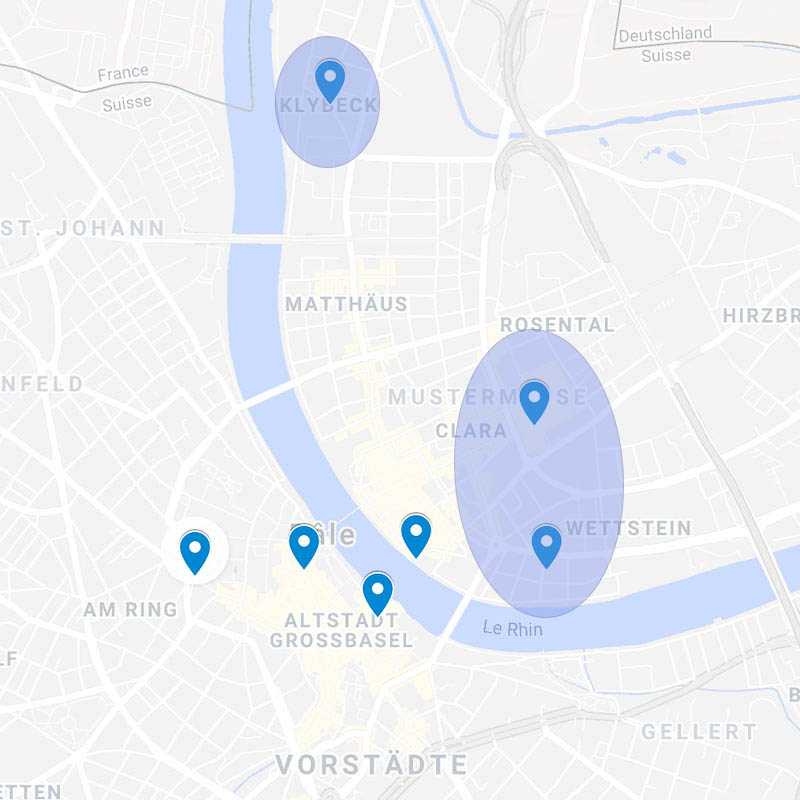
Outside Basel: The Fondation Beyeler
Outside Basel, you can also visit the Fondation Beyeler, the most visited art museum in Switzerland.
There are major Impressionist (Monet) and Cubist (Picasso) works as well as American Art of the 50s (like Hopper when I was there).
More info on the website of the foundation.
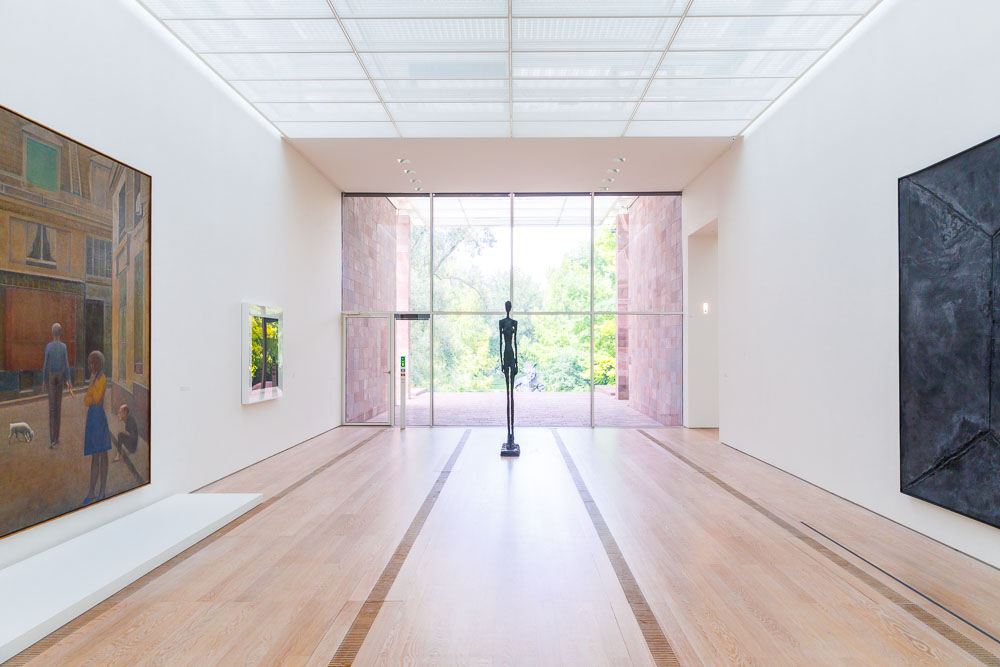
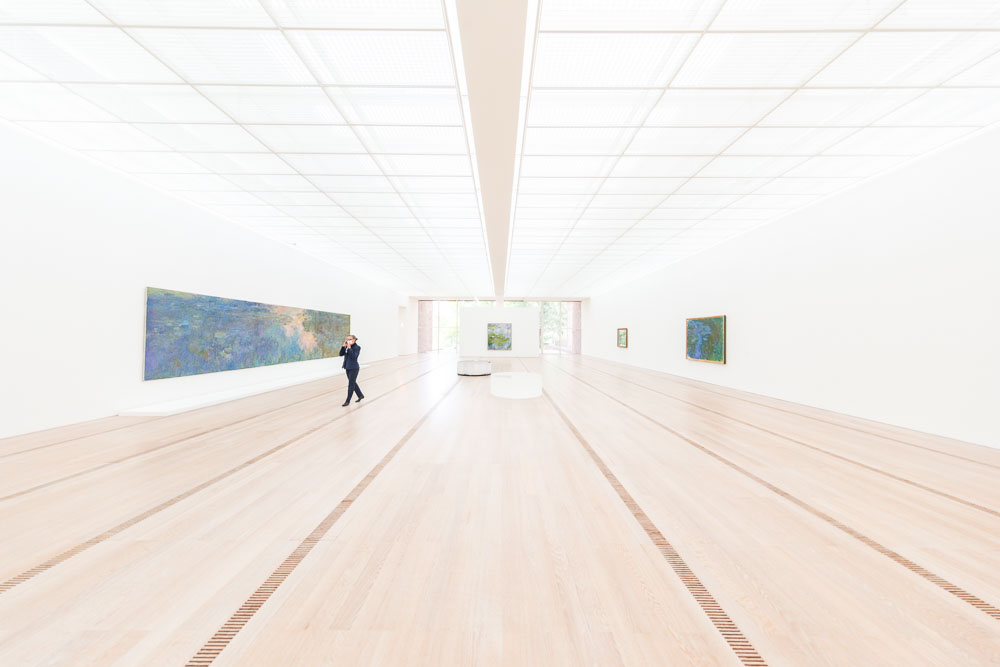
Photo Tips
Best times to take pictures in Basel / Basel
- Just after sunrise: this is the best time to take pictures of the city with the best light and without tourists, especially at MünsterPlatz to take a picture of the Cathedral.
- Just before sunset or “golden hour” along the Rhine: this is the hour before sunset. If the conditions allow it, the lights are softer and warmer. Brick for example will look glowing red.
- In the middle of the day (around noon): this is the ideal time to take a look at the architecture of the Mass and in particular at the light projection of the opening on the ground.
- Twilight or “blue hour”: this is the moment after sunset when night has not yet completely fallen, but the city lights are on. This moment is very short (about fifteen minutes). The sky can take on pinkish to blue hues before turning black. The same thing happens before sunrise (dawn) but there are often no illuminations on the buildings.
Material to take
- Lenses: wide angle, standard, telephoto according to your desires. Very wide angle recommended for architecture
- Tripod: at night for long exposures
- Drone: it is possible to fly the drone in the city, avoiding administrative buildings, hospitals and flying over groups of people.
Spots to be photographed
- Along the Rhine, on the promenade, right bank (at the end of the day)
- The alleys of the old town next to Münsterplatz (at the beginning of the day)
- The impressive “Mass” (in the middle of the day)
To get there (from Paris)
- Train: 3h (from Gare de Lyon)
- Car: 5 hours
